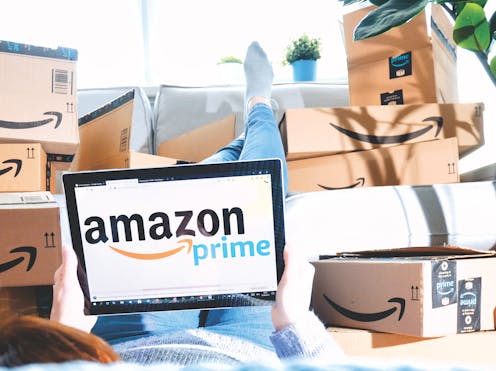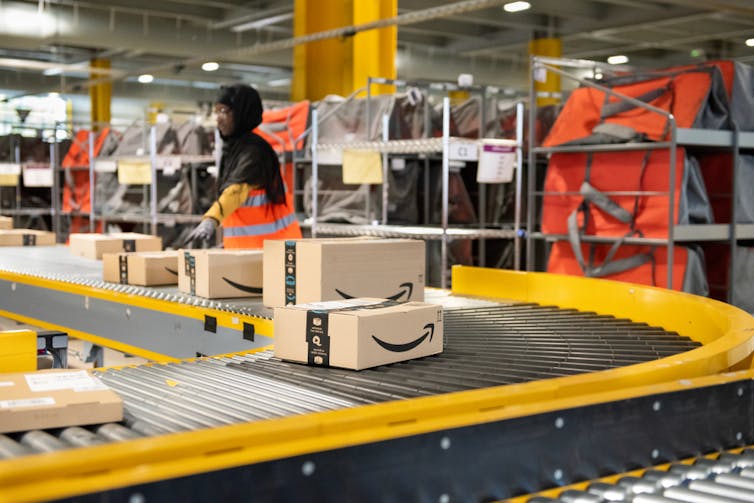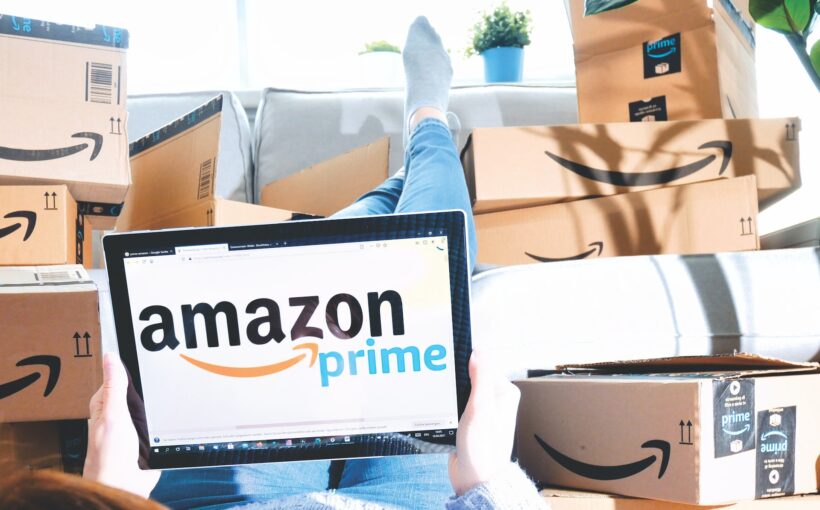
If you’re one of the more than 200 million Prime members Amazon claims to have worldwide, you’ll be well aware of the benefits. Among other things, it gives you access to a video and audio streaming service and free, fast delivery on all Amazon-dispatched items – for less than £100 per year.
One of the reasons so many consumers sign up for, and value, this service is that Amazon offers a massive range of products that it’s difficult to buy cheaper elsewhere. But if Amazon’s offering is so great, why is the US competition regulator suing the online marketplace to force it to change the very service that so many people seem to love?
According to the Federal Trade Commission (FTC), which ensures fair and competitive markets in the US, Amazon looks so good to consumers because it uses its dominant position to force its competitors to look even worse. Amazon makes more sales in the US than the next 15 largest online retail firms combined, so any abuse of its market power could, as the lawsuit claims, “profitably worsen its service for customers”.
In other words, the FTC is accusing Amazon of using its significant market position to offer a less than stellar service because it’s more profitable for the company.
The FTC isn’t saying Amazon is too big. But the regulator believes its business model “prevents current competitors from growing and new competitors from emerging”.
Read more: How Bezos and Amazon changed the world
Amazon has called the suit “misguided” and said that, if successful, it would “force Amazon to engage in practices that actually harm consumers and the many businesses that sell in our store”. Examples it gave included having to feature higher prices, offer slower or less reliable Prime shipping, and make subscriptions more expensive.
Consumers pay too much
The FTC’s main claim is that Amazon artificially increases the price of most products sold online – on its platform but also on competing services. And the FTC says Amazon makes a lot of money in this way by squeezing both small businesses and consumers.
Businesses pay advertising fees to have their product displayed on Amazon. They then pay seller and referral fees (a percentage of the total price including things like shipping and gift-wrapping) in exchange for using it – and also need to pay for the cost of Amazon’s fulfillment service if they want to be eligible for free delivery. This means businesses send their products to an Amazon warehouse from which they are packed and shipped, but the service can also include dealing with customers and returns processing.
Amazon takes nearly one out of every two dollars of sales from the retailers who pay all those fees, according to the lawsuit. This means a business that wants to charge $1 for a product on its own website must charge almost $2 to make the same profit when selling through Amazon.
Selling on Amazon
It would seem more sensible for a seller to offer their product for cheaper on another platform that charges lower fees. But Amazon has made that almost impossible, according to the FTC. The regulator claims the company permanently screens product prices on competing websites. If a business tries to sell for cheaper elsewhere, it is immediately punished.
Forcing sellers to sign a contract that stops them from offering their product for cheaper on another website has been illegal since 2017 in the EU, and Amazon agreed in 2019 to also remove these price parity clauses in North America and Asia. A study of the hotel platform booking.com shows this ban benefits customers.
But the regulator suspects that, instead of using a contract, Amazon simply hides the businesses that undercut it from its site’s search results. According to the suit: “Using its vast surveillance network, Amazon systematically punishes sellers when Amazon detects a lower price on other online stores.”
So, to be able to include the Prime eligibility label – a guarantee of free delivery within one or two days to subscribers, which also improves visibility on the website – businesses must offer their products via Amazon fulfillment. This makes it much harder for them to sell from a competing platform – and if they did, their Amazon sales could suffer if they try to offer it at a lower price elsewhere.
As consumers, we see that Amazon offers the cheapest products and a wider range, so have no reason to shop somewhere else. We become lazy. If a shopping platform has a great range accompanied by helpful ratings and reviews from previous consumers, why would you even look somewhere else? Even more so if your site membership offers you free delivery.
But a well-functioning market relies on some consumers being savvy enough to look for the better deal. If no one comparison shops, competition disappears and all consumers lose.

What do consumers want?
The FTC wants to end all these practices because it believes they hurt consumers. It doesn’t want sellers to have to rely on Amazon logistics, and is pushing to ban the anti-discounting practices that it says block potential competitors. It also wants to make it easier for customers to end their Prime subscriptions.
But is this really what consumers want? Amazon’s practices lead to higher prices than if it was offering a better deal to small businesses, according to the FTC. But, being so big and having those massive warehouses and sophisticated logistics also serves a purpose: Amazon can dispatch a huge variety of products quickly at a reasonable cost.
The FTC will have to win its case in court – and this has proven particularly difficult in its other recent cases. Earlier this year, it failed to block Microsoft’s US$68 billion deal to buy game-maker Activision.
The main challenge for the FTC this time will be to prove that the practices it identifies as harming consumers are more important than the potential cost for us all of losing the comfort and scale of the services offered by Amazon. Whether or not western consumers are still doing most of their online shopping on a single platform in 10 years time will depend heavily on what the US court decides.
![]()
Renaud Foucart does not work for, consult, own shares in or receive funding from any company or organisation that would benefit from this article, and has disclosed no relevant affiliations beyond their academic appointment.



